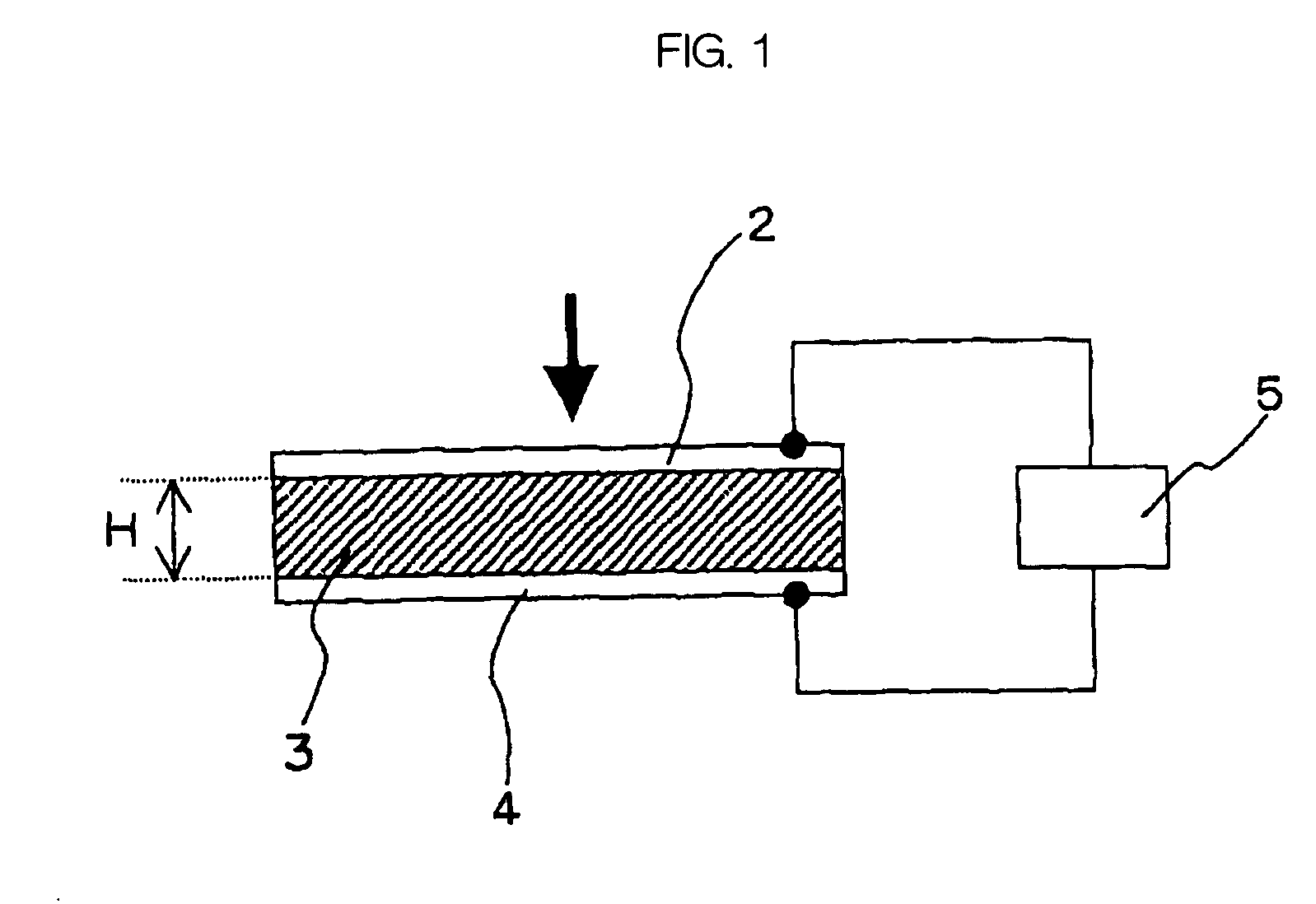Toner for developing electrostatic charged images and developer for developing electrostatic charged images, and image forming method using the same
- Summary
- Abstract
- Description
- Claims
- Application Information
AI Technical Summary
Benefits of technology
Problems solved by technology
Method used
Image
Examples
example 1
[0121] To 100 parts of the toner mother particle K1, 1.0 part of rutile titanium oxide (volume-average particle diameter: 20 nm; and n-decyltrimethoxysilane modified), 2.0 parts of silica (prepared by gas-phase oxidation; volume-average particle diameter: 40 nm; silicone oil treated; and Wadell sphericity: 0.9), 0.5 part of the higher alcohol particles A1 are added, and the mixture is blended by using a 5-liter Henschel mixer at a peripheral velocity of 30 m / s for 15 minutes, and filtered through a sieve having an opening of 45 μm for removing coarse particles, to provide a toner. In addition, 100 parts of the carrier above and 6 parts of the toner are mixed in a Type-V blender at 40 rpm for 20 minutes, filtered through a sieve having an opening of 212 μm, to provide a developer for developing electrostatic charged images. The amount of the higher alcohol particles having a diameter of the volume-average diameter of toner mother particles or less is shown in Tables 1 and 2.
[0122] F...
example 18
[0150] To 100 parts of the toner mother particle K1, 1.0 part of rutile titanium oxide (volume-average particle diameter: 20 nm; and n-decyltrimethoxysilane modified), 2.0 parts of silica (prepared by gas-phase oxidation; volume-average particle diameter: 40 nm, silicone oil modified; and Wadell sphericity: 0.9), and 0.5 part of the higher alcohol A1 are added, and the mixture is blended by using a 5-liter Henschel mixer at a peripheral velocity of 30 m / s for 15 minutes, and filtered through a sieve having an opening of 45-μm for removal of coarse particles, to provide a toner. In addition, 100 parts of the carrier above and 6 parts of the toner are mixed in a Type-V blender at 40 rpm for 20 minutes, filtered through a sieve having an opening of 212 μm, to provide a developer for developing electrostatic charged images.
[0151] In the similar manner to above, to 100 parts of the toner mother particles C1, M1, or Y1, 1.0 part of rutile titanium oxide (volume-average particle diameter:...
PUM
 Login to View More
Login to View More Abstract
Description
Claims
Application Information
 Login to View More
Login to View More - R&D
- Intellectual Property
- Life Sciences
- Materials
- Tech Scout
- Unparalleled Data Quality
- Higher Quality Content
- 60% Fewer Hallucinations
Browse by: Latest US Patents, China's latest patents, Technical Efficacy Thesaurus, Application Domain, Technology Topic, Popular Technical Reports.
© 2025 PatSnap. All rights reserved.Legal|Privacy policy|Modern Slavery Act Transparency Statement|Sitemap|About US| Contact US: help@patsnap.com

